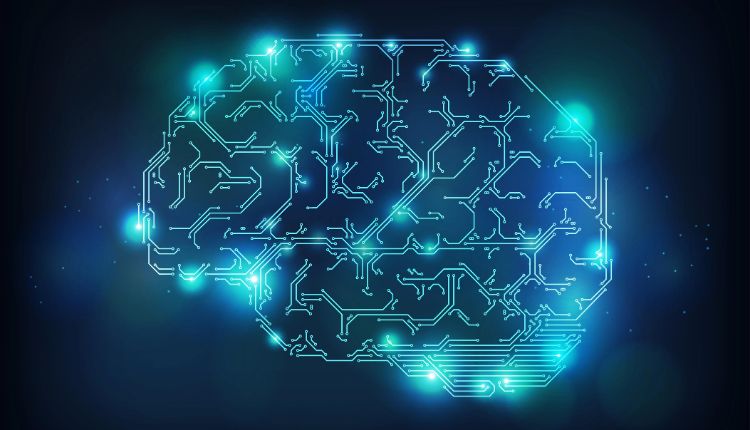How Deep Learning Technology Is Used In Computer Vision And Speech Recognition
Deep learning is a subset of machine learning that improves the ability of a computer to perform tasks such as speech recognition, image identification and prediction making. The technology is based on the concept of neural networks. Neural networks are stacked layers of artificial neurons that receive and transform information to give the correct output.
Self-Driving Cars
Self-driving cars use a variety of cameras, sensors, actuators and sophisticated algorithms to navigate streets. They also incorporate machine learning applications to understand traffic rules and guide the vehicle to its destination. Deep learning technology is the key to autonomous vehicles, from advanced driver assistance systems (ADAS) to fully-autonomous driving. It’s used for tasks like image classification, object detection, scene segmentation and driving lane detection.
Using mass amounts of data, these neural networks are trained to recognize objects and make decisions. The algorithms are layered in layers, with the deeper levels capturing more complex features. These neural networks are the underlying technology behind every aspect of self-driving cars, from identifying obstacles and signs to understanding traffic conditions. They also help DRIVE Software to create and manage redundant and diverse capabilities that minimize the chance of failure during real-world testing.
Natural language Processing
Natural language processing is the process of analyzing and manipulating natural languages like text or speech. It’s the intersection of computer science, linguistics, and machine learning. NLP is a broad field that’s used in all kinds of applications, including voice-controlled assistants such as Amazon’s Alexa and Apple’s Siri. It’s also used in machine translation, text classification, and sentiment analysis. This can help AI to better answer questions in natural conversation and understand context.
NLP is a great area for deep learning because it has so many potential uses. For example, if you’re a manufacturer and you have paper forms on the floor that need to be entered into your operations management system (OMS), you can use a machine to scan those forms and automatically extract their relevant data and ingest it into the OMS.
Speech Recognition
Originally designed to identify words spoken by an individual, speech recognition has evolved over the years to become an important part of a wide range of modern devices. Many smart phones and digital tablets come with built-in speech recognition technology to allow users to verbally communicate with a device and perform commands in real time. In the past, speech recognition software was unable to handle the nuances of human language, but recent research in deep learning has opened up opportunities for a more accurate and practical system. These systems incorporate statistical modeling systems and are trained to understand words based on their pronunciation, word combinations, phrasing and other factors that vary widely between languages, accents, dialects, etymology and contexts.
Several end-to-end speech models use deep learning to take in audio, generate transcripts and predict speech patterns. Two of the most popular include Deep Speech by Baidu and Listen Attend Spell (LAS) by Google. Both are recurrent neural network-based architectures that use different approaches for modeling speech recognition. Deep learning technology is used in NLP to recognize words and phrases, patterns, and emotions.
Image Recognition
Image recognition is a subset of computer vision that helps computers recognize objects, places, writing and people in images or videos. It is used in a wide range of applications, from self-driving cars to visual search engines. Deep learning algorithms are used to perform this task by combining multiple layers of a neural network. Each layer processes different aspects of an image such as edges, colors and shapes.
The combined result of these layers gives the AI model a holistic representation. This is essential for successful recognition and classification. Developing AI models that can accurately detect, identify and classify images is challenging. This requires a large amount of labeled and classified data to train the model.
Last Word
In a real-world project, you may need to scale your experiments across a number of machines. This involves provisioning and managing machine resources. You also need to manage your training data, which can be a time-consuming process.
